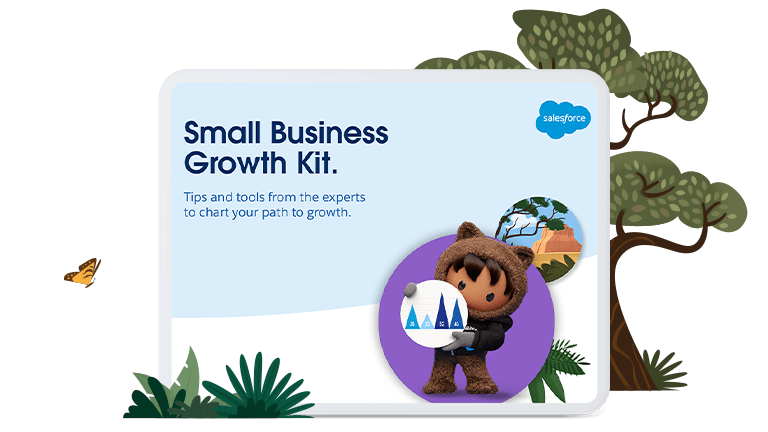Employee engagement is under a spotlight in the age of the Great Resignation. Keeping the workforce happy, motivated, inspired and aligned is more important than ever, especially when remote and hybrid working has led to some employees feeling isolated and disconnected.
Employee engagement is not only an intrinsic part of workforce wellbeing; it’s a driver of productivity, as well. It’s somewhat incredible, then, that a Gallup Poll showed that only 15% of the world’s workforce was engaged – and that was before covid.
The good news? Another Gallup poll showed that engagement is highly changeable, with some organisations that prioritise the employee experience moving from less than 20% engagement to over 70%. Let’s take a look at how SMEs can drive employee engagement to create a happier, more committed workforce – and a more economically resilient business.
What is employee engagement?
Employee engagement refers to how motivated, satisfied and invested in their jobs a workforce is. Workplaces with low employee engagement will struggle to get the most out of their workforce and resources, while businesses with high employee engagement will see a host of benefits, from lower human personal expenditure to increased revenue.
What are the benefits of employee engagement?
Having employees that are excited about their jobs leads to a company-wide culture of productivity, as well as more satisfying personal lives. Here are some of the other benefits of employee engagement:
Fewer employee absences
Improved customer service
More motivated sales teams
Better collaboration
Lower employee turnover rate and recruiting costs
Healthier employees
Better communication amongst teams
Increased loyalty and advocacy for the business
A more innovative and creative company culture
More effective leadership
Unlocking just one or two of these benefits can put SMEs on a more positive track – unlocking them all can be a game-changer. Even more importantly, by focusing on employee engagement, SMEs can go beyond the boundaries of the office and positively impact the day-to-day lives of the workforce.
7 tips for driving employee engagement
Employee engagement strategies should focus on creating a workplace that communicates with empathy, focuses on transparency, has a positive social impact and offers opportunities for growth. After all, everyone wants to feel a sense of purpose and belonging. Today’s workers want to be inspired, not just receive a paycheck.
Here are 7 tips for creating an employee engagement strategy.
Encourage community participation. Giving back to the community can help foster a sense of teamwork in an organisation, as well as connect employees with meaningful work. In a time when 6 out of 10 workers who switched jobs did so because they were seeking businesses with values that aligned with their own, making a positive social impact can not only drive engagement; it can improve employee retention.
Create structured pathways for employees to reach their full potential. For employees to be at their best, they need to see a brighter future ahead. By offering clear pathways to promotion, you can build better long-term relationships and ensure that your business’s goals and your workers’ goals are aligned.
Leverage cross-skilling and upskilling platforms. Learning and development is a key driver of employee satisfaction. Best of all, skilling up the workforce is mutually beneficial, as businesses can improve data literacy and future-proof their workplace. By using affordable, on-demand skilling platforms, businesses can help their employees new learn new skills quickly, easily, and from wherever they may be.
Use automation to reduce productivity killers and mundane tasks. You might be surprised how much of a worker’s week is dedicated to performing mundane, routine and low-value tasks. These tasks can take their toll on the workforce, leading to low satisfaction, high burnout rates and poor productivity. That’s the bad news. The good news is that many of these tasks can be automated, empowering your workers to focus on more rewarding, business-critical work.
Address the digital skills gap and provide workers with more effective and efficient technologies. One of the easiest and most effective ways to drive employee engagement is to give the workforce the tools they need to be happier, more efficient and more creative. This can include everything from simple password managers and brainstorming tools to cutting-edge CRM systems and productivity apps.
Gather feedback – and act on it. By surveying the workforce, you can identify not only potential bottlenecks to efficiency and productivity, but any personal challenges that workers may be facing. Every individual thinks and works differently, so approaching them as humans, rather than with one-size-fits-all solutions, can help you address unique pain points.
Show appreciation by offering good employee benefits and perks that prioritise the workforce’s physical and mental wellbeing. Respecting the life-work balance is important for maintaining a happy, healthy workforce. Businesses can take their wellness offerings a step further with incentives that prioritise the workforce’s wellbeing: think company bikes, yoga sessions, ergonomic chairs, de-stressing zones and onsite walking paths. Some companies are even offering discounted gym memberships and weekly team exercise sessions.
Why 100% of small businesses need 100% of workers to be 100% engaged
Small businesses need to get the most out of their resources and workforces, and employee engagement is absolutely critical. Poor engagement can lead to poor productivity, which is an especially damaging issue in the UK. In fact, the UK’s productivity gap is so pronounced that it’s been given a name: The Productivity Puzzle. The ‘puzzle’ part is figuring out why, by GDP per hour worked, productivity in the US is 30% higher than in the UK and an hour worked in a G7 country produces 18% more than an hour worked in the UK.
In many ways, engaged employees are the path to success. A motivated employee is more productive and their enthusiasm is contagious. They’ll be more likely to act as positive brand ambassadors, inspire fellow team members and provide a better customer experience. They’re also more likely to stay with the company long-term, leading to more fulfilling, more meaningful relationships.
To learn more about how you can improve the wellbeing of the workforce, drive employee engagement and get the most out of your small business, download a free copy of The SME Growth Kit.








